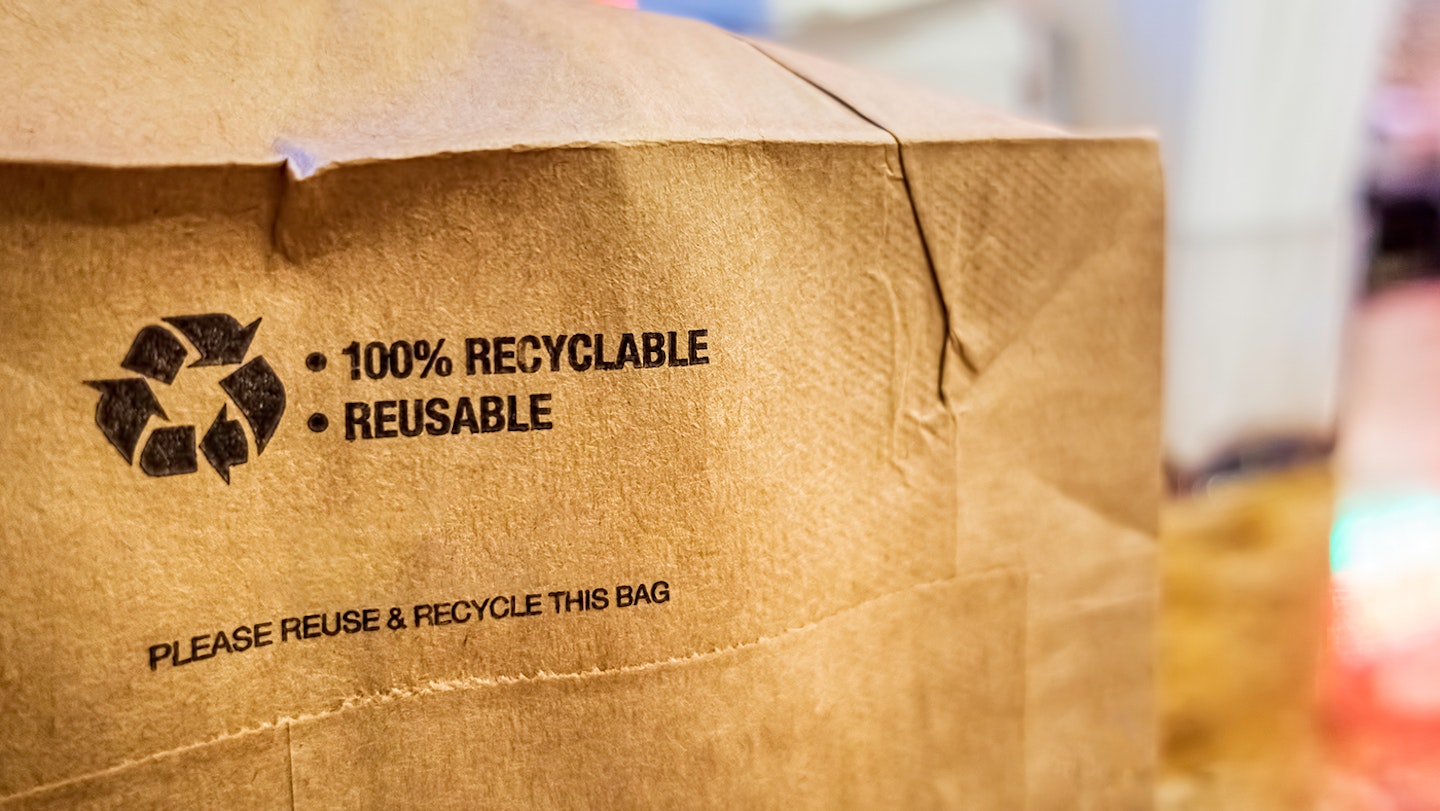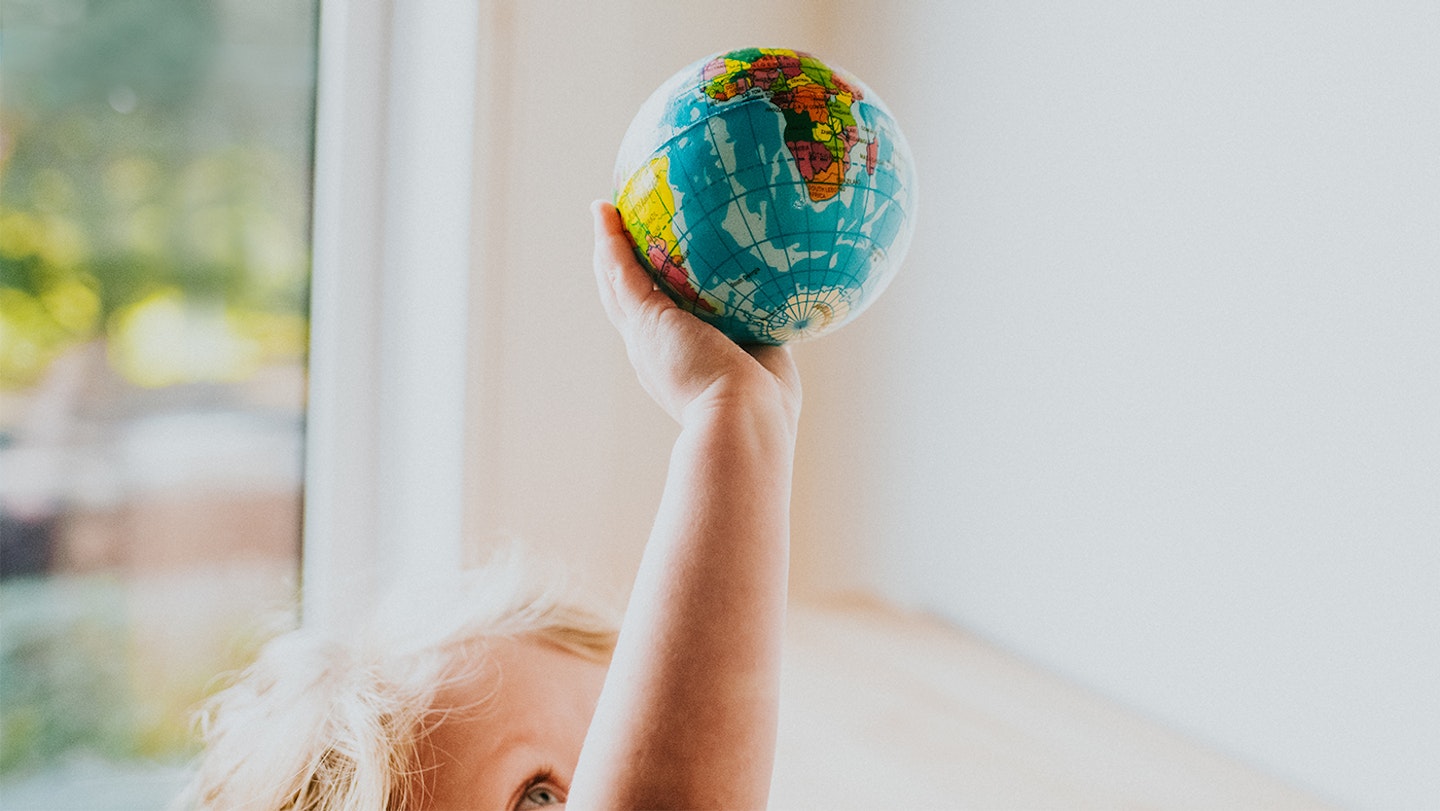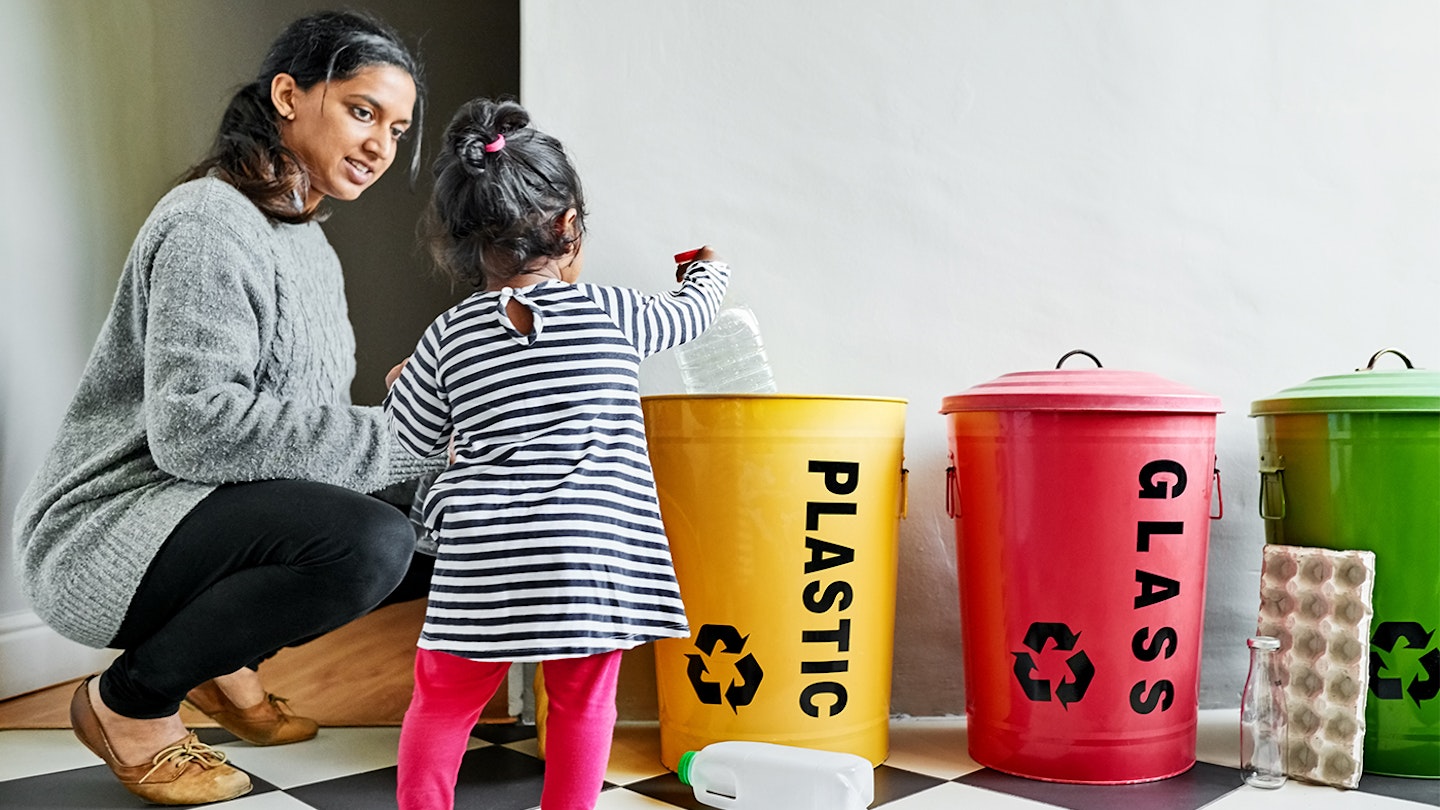As parents, we're all aware of the importance of taking steps to reduce the effects of environmental concerns such as global warming and one way of doing this is through the products you buy or better yet, reuse.
However, research commissioned by baby brand MAM to coincide with the launch of its carbon-neutral soother range, MAM Original Pure, has found that 78% of parents believe that the pressure of parenthood makes sustainability more difficult.
When it comes to adopting new routines or buying eco-friendly baby products, over half of parents surveyed said they don’t know where to start to make the right choice. Despite these challenges, three-quarters (75%) of parents stated that sustainability is important to them.
Here at Mother&Baby, we know that it can all be a bit of a minefield and it's easy to feel confused by unfamiliar eco jargon out there, which is why with the help of the Sustainability Lead at The Parently Group, Samantha Leigh, we're here to help explain more about the things you should be aware of.
What is greenwashing?
Greenwashing is an unsubstantiated claim from a company to deceive customers into thinking that they or their products are considered eco, ethical or good for the planet. This is harmful to both the consumer and the brand as it's misleading; making the customer believe they are buying into something that is good for the planet when in fact, it may be a smokescreen to cover up poor working practices further down the supply chain.
Greenwashing can disguise the true cost of an item, whether that’s to the environment or to the person who made it. Examples of greenwashing might be a fast-fashion brand launching an eco-collection that is produced by workers in poor working conditions.
What claims should I be aware of?
“Made using recycled packaging” - There is an increase in the number of brands making greenwashing claims around their packaging. I would steer clear of packaging that is made from biodegradable, degradable or compostable material claim as whilst these might sound good, they cause more harm to the planet and can contaminate recycling plants. Plastics do not decompose due to their molecular makeup, they simply degrade into smaller pieces, also known as microplastics. And, if these plastics are put into the wrong recycling streams, this contaminates that recycling route, and all of that waste would then have to go to landfill instead of being recycled.
"Eco-friendly" - Products dubbed eco-friendly simply refer to items that are environmentally friendly in some way, whether that’s by using fewer chemicals, plastic-free packaging, or consisting of some biodegradable materials. This is why it is important to do your homework rather than going by product packaging.
“We’re carbon neutral” - Another common claim is that companies are Carbon Neutral. Often these claims are never backed up with substantial information. For instance, many of these companies are simply offsetting their emissions (paying a carbon company to plant trees somewhere, for instance) and not looking into ways to reduce their carbon footprint first such as using factories in the UK for manufacturing which in turn reduces the carbon footprint associated with transporting goods.
“Made using recycled fabric” - The watch out here is when brands use pre-consumer waste, this is in fact waste that has been produced purely from offcuts during production. For example, recycled polyester used in eco school uniform at David Luke is made from post-consumer waste and certified using GRS (Global Recycled Standard) which to date has prevented 46 million plastic bottles from entering landfill. Using recycled fibre is better for the planet as it saves energy and CO2 to produce. Whilst it is difficult to steer away from synthetic fabrics, it's important that brands should use recycled fibres as opposed to virgin fibres.

How can I check a brand's eco-credentials?
Research the company or brand, investigate their ethical practices with factories and check to see if they have an official certification on recycled or organic contents within their products. Many companies now have Corporate Sustainable Responsibility reports that can be viewed on their website, these are a great way to see everything that a company is doing across the whole spectrum of their working practices.
To check if eco or ethical claims are substantiated, look to see if the company are members of a certified organisation, like the Ethical Trading Initiative. This organisation holds members accountable for transparency in their supply chain to ensure workers receive fair pay and are working in good conditions, plus much more. This scrutiny ultimately ensures that the supply chain is regulated and performing in a positive way for the people who are part of it.
What can I do as a parent to do my bit for the environment?
A great way to do your bit for the planet is to buy less, buy from eco-friendly baby brands, and educate your whole family, even the smallest ones.
Children soak up so much information so teach them how to recycle, how not to waste things and how to look after our planet. Consumption is one of the biggest drivers of waste and landfill so start by looking at key areas in your home where you can introduce some simple swaps. Ask yourself, how can we make the most of what is already in existence? Take a look around each room in your home to identify areas where you could make an eco-switch. There are also some wonderful children’s books about the environment that can help open the conversation with little ones.
Reusable baby products such as nappies and wipes are a great way to reduce bathroom waste. Reduce your consumption of kitchen foil and clingfilm by switching to reusable sandwich wraps, freezer bags and investing in some glass Tupperware to store leftover food. Meal planning helps to minimise food waste and will save you loads of headspace.

An estimated one million tonnes of clothing goes to landfill each year. Often our kids outgrow their clothing before it is worn out, so this is a big area where you can reduce your consumption. Survey your family’s wardrobe, clear out the drawers that are bursting at the seams and then think about what happens next to your unwanted clothes.
There are some amazing initiatives such as clothing rental services like The Little Loop and takeback schemes that enable families to take a more circular approach to their consumption.
Many clothing is discarded because they require a simple fix like reattaching a button or sewing a seam. Get crafty and use a YouTube tutorial to do some mending. Try not to let stuff pile up on the floordrobe. Hang it, fold it and consider creative ways to cover up signs of wear and tear such as fixing on cute patches.
When it comes to toys, ask yourself – does it have to be brand new? Facebook marketplace, Ebay and local table-top sales are crammed full of perfectly good second-hand toys that have loads of play left in them. If you have toys gathering dust, gift them to a friend or relative to enjoy. Kickstart a circular revolution from your front room (and enjoy the space it creates!)
Even the smallest steps can make a big difference to your family’s eco-footprint, being informed on the issues that feel important and relevant to you is a great place to start. And your planet will thank you for it!
A journalist since 2015, Emily Gilbert is the Features & Reviews Editor for Mother&Baby and has written for the website and previously the magazine for seven years. Emily writes about everything from the top baby products to pregnancy, fertility and maternal mental health. Specialising in product reviews, Emily is the first to know about all the exciting new releases in the parenting industry.
